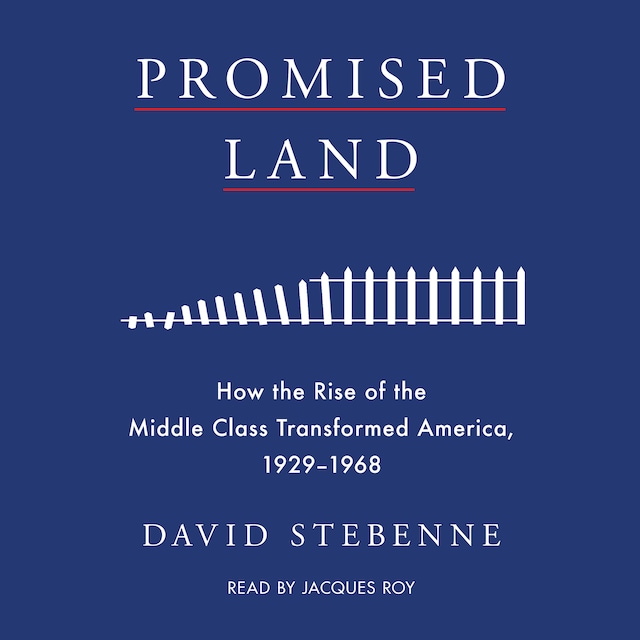
Promised Land
How the Rise of the Middle Class Transformed America, 1929-1968
Beskrivelse av boken
A groundbreaking work of history about the American middle class—its rise, why it faltered, and who truly benefited from its dominance.
In Promised Land, David Stebenne “invites us to remember those decades in which both the middle class and the Democratic Party were ascendant” (The Wall Street Journal). The story begins with the pervasive income and wealth inequality of the pre-New Deal period. What followed began a great leveling. World War II brought transformative elements that also helped expand the middle class. For decades, economic policies and cultural practices strengthened the trend, and by the 1960s the middle class dictated American tastes from books to TV shows to housing to food, creating a powerful political constituency with shared interests and ideals.
The disruptive events of 1968, however, signaled the end of this expansion. The cultural clashes and political protests of that era turned a spotlight on how the policies and practices of the middle-class era had privileged white men over women, people of color, and other marginalized groups, as well as military force over diplomacy and economic growth over environmental protection. These conflicts, along with shifts in policy and economic stagnation, started shrinking that vast middle class and challenging its values, trends that continue to the present day.
Now, as the so-called “end of the middle class” dominates the news cycle and politicians talk endlessly about how to revive it, Stebenne’s vivid history of a social revolution that produced a new and influential way of life reveals the fascinating story of how it was achieved and the considerable costs incurred along the way. “Well-researched, evenhanded…this concise, lucid account offers a solid overview of mid-20th-century social history” (Publishers Weekly) and shines more than a little light on our possible future.


